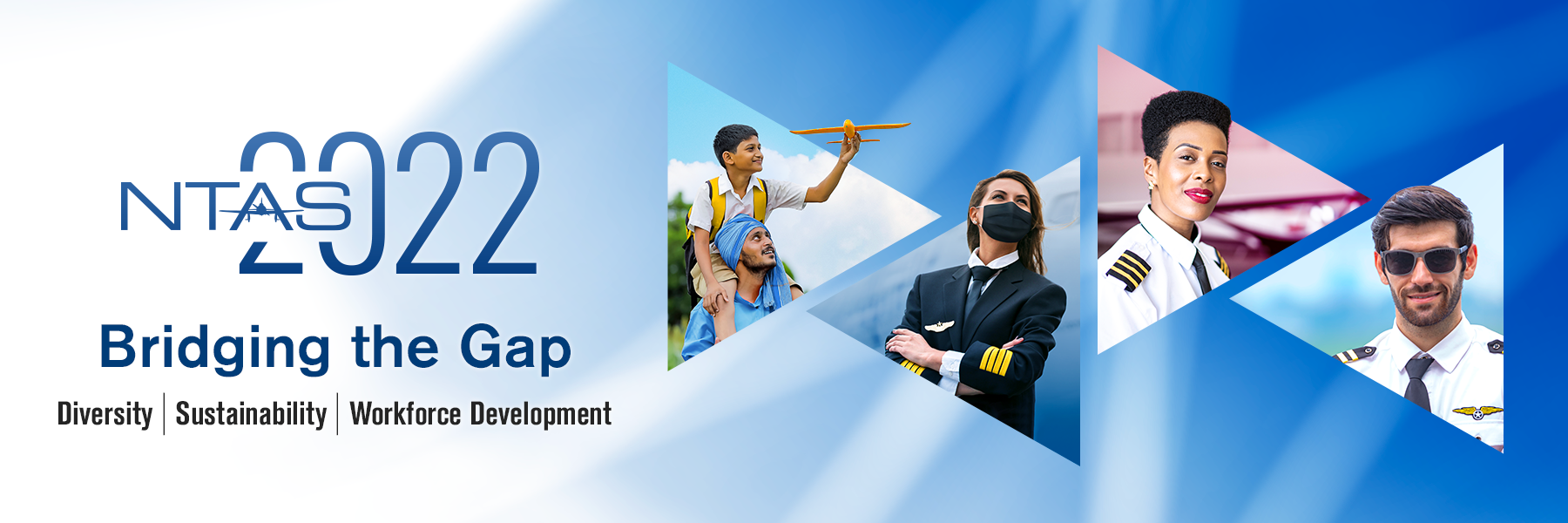Presenter Email
aline.pacheco@pucrs.br; Tales.Silva02@edu.pucrs.br
Submission Type
Presentation
Keywords
Intercultural communication, language training, human factors
Abstract
Language training for pilots poses challenges worldwide as the use of Aviation English entails a number of features portrayed from a Human Factors perspective. Language proficiency is imperative, as required by the ICAO DOC 9835 compliance. It should be noted, however, that a thorough comprehension of effective communication in aviation as a non-technical skill surpasses the particular understanding of issues in the linguistic level, considering that most of the participants in aeronautical communications are non-native speakers of English and the cultural features underlying the linguistic behavior. This awareness must be accounted in training programs, especially in the academic level, where pilots are offered a wider range of multidisciplinary courses.
The LHUFT (Language as a Human Factor) Taxonomy proposed by Prof. Elizabeth Mathews (Embry-Riddle Aeronautical University) allows for a more comprehensive understanding of language issues in aviation as it factors technical, procedural and cultural features immediately comprised in aeronautical communication.
This presentation aims to showcase studies and practices in the Aeronautical Science Program at the Pontifical Catholic University of Rio Grande do Sul, in Brazil, which are developed to bridge the gap between specific language issues and underlying factors prior to or directly involved in the communication dynamics. These factors should be addressed in training stages in order to better prepare pilots to communicate effectively in multicultural contexts.
Approaching language as a human factor in aviation: the challenges of pilot language training in the academic level in Brazil
Language training for pilots poses challenges worldwide as the use of Aviation English entails a number of features portrayed from a Human Factors perspective. Language proficiency is imperative, as required by the ICAO DOC 9835 compliance. It should be noted, however, that a thorough comprehension of effective communication in aviation as a non-technical skill surpasses the particular understanding of issues in the linguistic level, considering that most of the participants in aeronautical communications are non-native speakers of English and the cultural features underlying the linguistic behavior. This awareness must be accounted in training programs, especially in the academic level, where pilots are offered a wider range of multidisciplinary courses.
The LHUFT (Language as a Human Factor) Taxonomy proposed by Prof. Elizabeth Mathews (Embry-Riddle Aeronautical University) allows for a more comprehensive understanding of language issues in aviation as it factors technical, procedural and cultural features immediately comprised in aeronautical communication.
This presentation aims to showcase studies and practices in the Aeronautical Science Program at the Pontifical Catholic University of Rio Grande do Sul, in Brazil, which are developed to bridge the gap between specific language issues and underlying factors prior to or directly involved in the communication dynamics. These factors should be addressed in training stages in order to better prepare pilots to communicate effectively in multicultural contexts.



Comments
Presented in Session 4 C - Human Factors in Aviation & Spaceflight